Introduction to physics
Data is displayed for academic year: 2023./2024.
Lecturers
Course Description
Physical quantities; units; vectors; scalars; coordinate systems. Kinematics. Dynamics. Mechanics of fluids. Heat and thermodynamics. Oscillations and waves. Electricity and magnetism. Optics; modern physics.
Study Programmes
University undergraduate
Bridge Course (1. semester)Learning Outcomes
- Apply knowledge about physical quantities, units and coordinate systems
- Analyze and compute simple problems from kinematics and dynamics
- Explain basic phenomena in fluid mechanics
- Analyze simple thermodynamical systems
- Explain oscillating systems and wave phenomena
- Explain basic laws of electromagnetism
- Analyze and compute simple optical systems
- Explain phenomena in modern physics
Forms of Teaching
Lectures
Lectures with examples and problems.
ExamsWritten exam
ConsultationsConsalting
Other Forms of Group and Self StudyDemonstrations
Grading Method
| Continuous Assessment | Exam | |||||
|---|---|---|---|---|---|---|
| Type | Threshold | Percent of Grade | Threshold | Percent of Grade | ||
| Final Exam: Written | 50 % | 100 % | ||||
| Exam: Written | 50 % | 100 % | ||||
Week by Week Schedule
- Physical quantities; units; vectors; scalars; coordinate systems. Kinematics.
- Dynamics. Mechanics of fluids.
- Heat and thermodynamics. Oscillations and waves.
- Electricity and magnetism.
- Optics; modern physics.
- Exam
- REMARK: The course is performed continuously for the first 5 weeks of classes.
- -
- -
- -
- -
- -
- -
- -
- -
Literature
Matko Fizić (2008.), Klasifikacijski ispiti na tehničkim fakultetima, Element
Nada Brković, Planinka Pećina (2013.), Fizika u 24 lekcije, Element
For students
General
ID 137274
Winter semester
3 ECTS
L0 English Level
L1 e-Learning
30 Lectures
0 Seminar
0 Exercises
0 Laboratory exercises
0 Project laboratory
0 Physical education excercises
Grading System
Excellent
Very Good
Good
Sufficient


 Pristupačnost
Pristupačnost